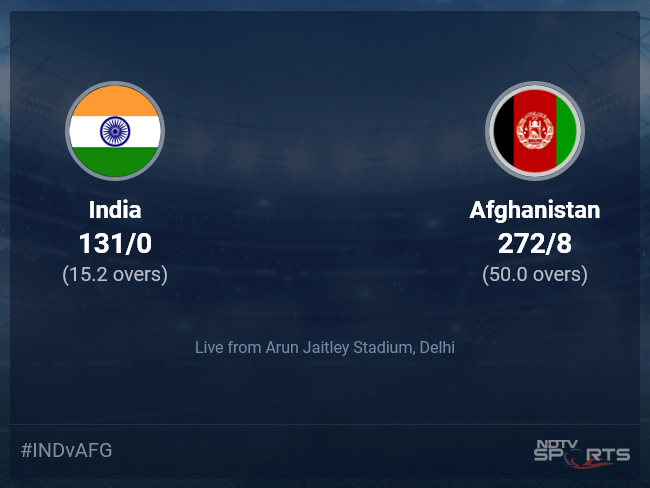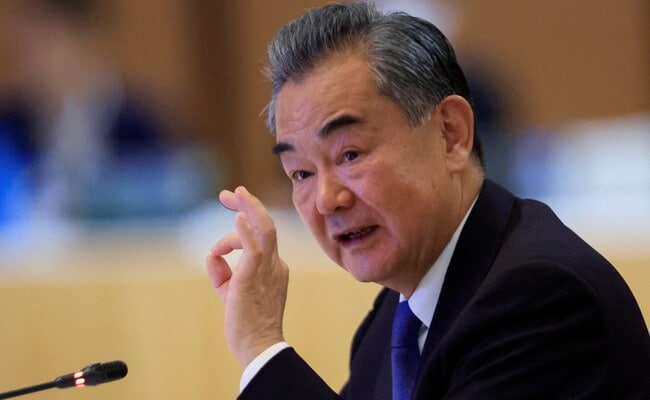A dish antenna is seen inside the ISRO Telemetry Tracking and Command Network (ISTRAC) facility on August 23, 2023 in Bengaluru.
| Photo Credit: Getty Images
With Vikram, the lander module of Chandrayaan-3, successfully landing on the surface of moon on August 23, the focus has now moved to the rover in its belly, Pragyan.
The officials at the Mission Operations Complex (MOX) at ISRO Telemetry, Tracking, and Command Network (ISTRAC) are readying to roll out the rover, which will carry out in-situ chemical analysis of the lunar surface during the course of its mobility.
“The Pragyan rover may come out in the next few hours or it may take one day also to come out depending on the conditions,” ISRO Chairman S. Somanath said.
He said that once out, the rover would carry out two important experiments. It has two payloads — the LASER Induced Breakdown Spectroscope (LIBS) and the Alpha Particle X-ray Spectrometer (APXS). The objectives of the LIBS are to conduct qualitative and quantitative elemental analysis and to derive the chemical composition and infer mineralogical composition to further our understanding of the lunar surface.
The APXS will determine the elemental composition of lunar soil and rocks around the landing site.
The team behind Chandrayan-3’s success
Soon after the ISRO achieved the historic feat of landing on the lunar south pole, Mr. Somanth introduced the key members who enabled India to achieve the task flawlessly.
Watch | How Bengaluru celebrated Chandrayaan-3 landing
P. Veeramuthuvel, Project Director, Chandrayaan-3, said, “It is a great moment of happiness, it gives me immense satisfaction on achieving this goal as Project Director of this mission. The entire mission operations from launch till landing happened flawlessly as per the timeline and we have become the fourth country to demonstrate the soft landing on the moon and the first country to go to the south pole of the moon.”
Sreekanth, Mission Director, Chandrayaan-3, said, “It gives me immense pleasure to be part of Chandrayaan-3 and as Mission Director, I would like to thank each and every team member who has supported in carrying out all the mission operations flawlessly.”
Calling it a memorable moment, Kalpana K., Associate Project Director, Chandrayaan-3 said, “We have achieved our goal flawlessly after rebuilding our spacecraft. It has been breath in and out for our team.”
Also read | A testament to India’s progress in science: Russia
M. Sankaran, Director of U.R. Rao Satellite Centre, said, “Today we have achieved what we set out to achieve in 2019. It was delayed by four years but we have done it.” He was referring to the failed landing of Chandrayaan-2 in 2019.










